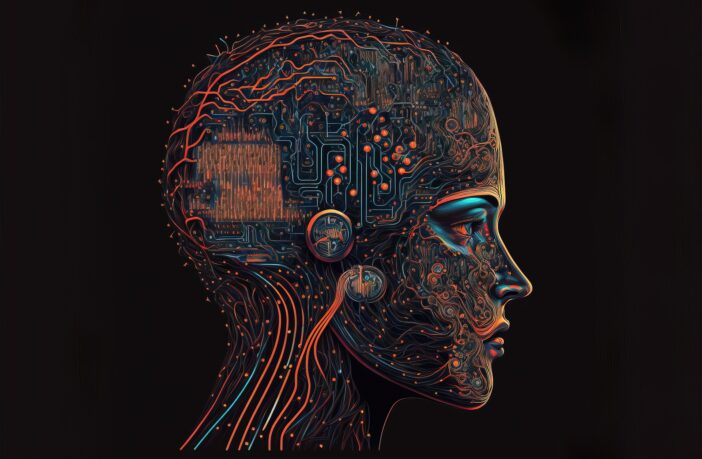How to effectively use AI in marketing
Artificial intelligence development is transforming almost every area of activity. The impact of this technology is particularly evident in approaches to promoting goods and services online. AI in marketing has opened up new possibilities for personalisation and learning about the target audience.
Options for using innovations
The use of AI technologies is not limited to the functions mentioned above. Various AI-based tools will help professionals solve various digital marketing tasks. Among them are:
1. Audience segmentation. AI allows you to analyse large amounts of data. It divides it into categories based on certain characteristics, allowing specialists to target consumers more accurately.
2. Predictive analytics. Innovative technologies make it possible to predict customer behaviour in the future. It uses historical data and current market conditions. This allows marketers to adjust their advertising strategies in time to match current trends better.
3. Personalisation. AI algorithms provide recommendations on interacting with a specific category of consumers. They also generate personalised content that improves service levels.
4. Chatbots and virtual assistants take over customer communication, providing round-the-clock support and rapid response to enquiries. These bots can communicate with dozens of users simultaneously and answer questions.
5. Optimise marketing efforts. AI automatically analyses the effectiveness of an advertising campaign. The technology also provides recommendations for improvement. This approach improves ROI and operational efficiency.
Despite the vast capabilities of artificial intelligence, professionals may find it difficult to use.

Challenges and solutions
The technology is undoubtedly new and improving, but it has its limitations. One of these is the need for human control of the programmes.
In addition, the variety of marketing technologies and services can be a limiting factor. The use of different platforms leads to disparate information and increases staff workload. It is, therefore, essential to integrate data from other sources. This ensures that AI can access complete details and reduces the likelihood of inaccurate predictions. We are discussing synchronising information from CRM, social networks and analytics services and combining their functions.
Data cleansing is the next step after integration. The specialist must remove duplicates and enter missing information. This will give the AI all the information it needs for quality analysis.
Furthermore, a company can create a custom AI model for marketing tasks. To do this, it is important to choose the right algorithms, considering the advertising objectives. These can be machine learning technologies, process automation, etc. The next step is to use part of the cleaned data to train the model and test its productivity. If successful, the model is ready for use in marketing activities.




